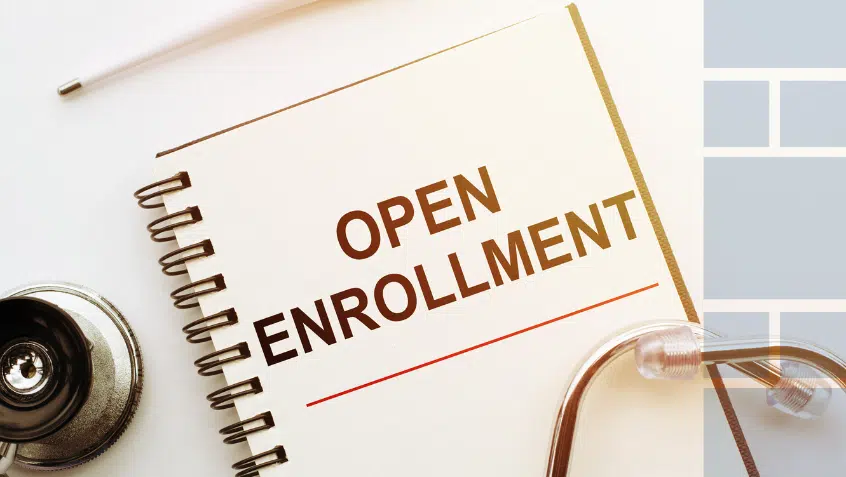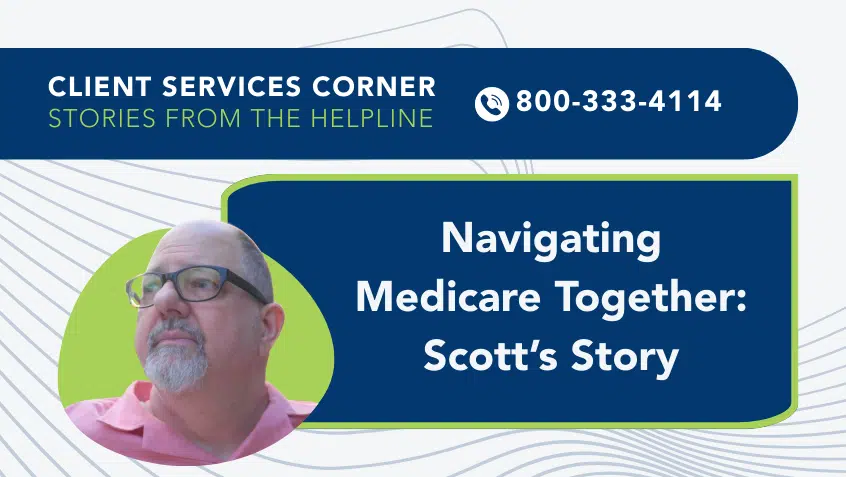Join Us Live for a Discussion on Medicare, Democracy, and the Future of Health Care
New Report Highlights Importance of More Comprehensive Coverage of Hearing and Vision Services in Medicare

The House-passed budget reconciliation bill expands Medicare Part B to cover more comprehensive hearing services. A timely Urban Institute report highlights the importance of this provision, and the need for similar updates to Medicare vision coverage. A previous brief assessed the potential impact of a more robust Medicare dental benefit.
The Urban Institute report examines utilization and spending on vision and hearing care in 2020. The authors found that last year, Medicare enrollees spent $8.4 billion on routine vision services (primarily optometry, eyeglasses, and contact lenses) and $5.7 billion on routine hearing services (an audiologist visit or hearing aids). Most of that spending, $5.4 billion on vision services and $4.7 billion on hearing services, was out-of-pocket (OOP).
At the same time, significantly fewer enrollees used hearing services than vision services (7% vs. 31%). Hearing care was also more expensive, both in total costs ($1,302 compared to $411 for vision) and OOP ($1,068 vs. $263). Yet, insurance—including Medicare Advantage (MA) and supplemental coverage, like Medigaps and Medicaid—covered a smaller portion of hearing costs (18%) than vision (36%).
There were also important findings within each type of service category. For vision care, the utilization rates for fee-for-service (FFS) and MA enrollees were 30% and 33%, respectively. People with MA had average costs of $361 (total) and $252 (OOP), while FFS enrollees averaged much higher total costs ($437) but similar OOP expenses ($268). In other words, the ratio of OOP to total expenditures was higher (i.e., insurance coverage was lower) for MA enrollees than for FFS enrollees (70% vs. 61%). The report suggests this indicates people with MA had less robust vision coverage than some of their FFS counterparts.
Coverage and use of hearing services was more consistent for MA and FFS enrollees but differed greatly from vision. Approximately 7% of FFS and 6% of MA enrollees used a routine hearing service within the past year. The average total spending was $1,302 ($1,379 FFS, $1,127 MA) and the average OOP cost was $1,068 ($1,134 FFS, $919 MA). The ratio of OOP to total expenditures was 82% for both FFS and MA—meaning insurers only covered about 18% of spending.
For vision and hearing, people dually enrolled in Medicare and Medicaid obtained fewer services than people without Medicaid. Dual enrollees paid a smaller share of total expenditures out of pocket (57% vs. 83% for hearing and 52% vs. 65% for vision), but they were still responsible for substantial OOP costs ($135 for vision and $348 for hearing). In 2020, only 20% of dual enrollees used a vision service and 4% obtained hearing care, compared to 33% and 7% of non-duals.
Unsurprisingly, the data show that spending increased with income. Beneficiaries with incomes below the federal poverty level (FPL) spent $290 on vision services ($154 OOP) and those with incomes above 400% FPL spent $465 ($318 OOP). For enrollees using hearing services, such expenditures were $659 ($569 OOP) and $1,659 ($1,414 OOP).
The authors note this demonstrates that people with lower incomes may have considerable unmet vision and hearing needs, and, relatedly, that “although Medicaid often offers a broad benefit package for people with low incomes, benefits vary greatly across states, and in general Medicaid is not providing much help with vision and hearing services to Medicare enrollees with low incomes.”
The report does not investigate differences in vision and hearing use by race and ethnicity due to limitations with the available data. However, the authors acknowledge that “because beneficiaries’ incomes and races and ethnicities are related, the observed income gradients likely reflect wide differences in the use of and spending on vision and hearing services by race and ethnicity; specifically, rates of use and spending amounts for these services are likely greater for non-Hispanic white beneficiaries than they are for non-Hispanic Black or Hispanic beneficiaries.”
These findings reinforce the pivotal role that expansions of Medicare Part B could have in improving access, affordability, and equity. We applaud lawmakers for exploring these updates as part of the budget reconciliation process and urge their inclusion in the final bill.
Show Comments
We welcome thoughtful, respectful discussion on our website. To maintain a safe and constructive environment, comments that include profanity or violent, threatening language will be hidden. We may ban commentors who repeatedly cross these guidelines.
Help Us Protect & Strengthen Medicare
Donate today and make a lasting impact
More than 67 million people rely on Medicare—but many still face barriers to the care they need. With your support, we provide free, unbiased help to people navigating Medicare and work across the country with federal and state advocates to protect Medicare’s future and address the needs of those it serves.
The Latest
Most Read
Add Medicare to Your Inbox
Sign up to receive Medicare news, policy developments, and other useful updates from the Medicare Rights.
View this profile on InstagramMedicare Rights Center (@medicarerights) • Instagram photos and videos









